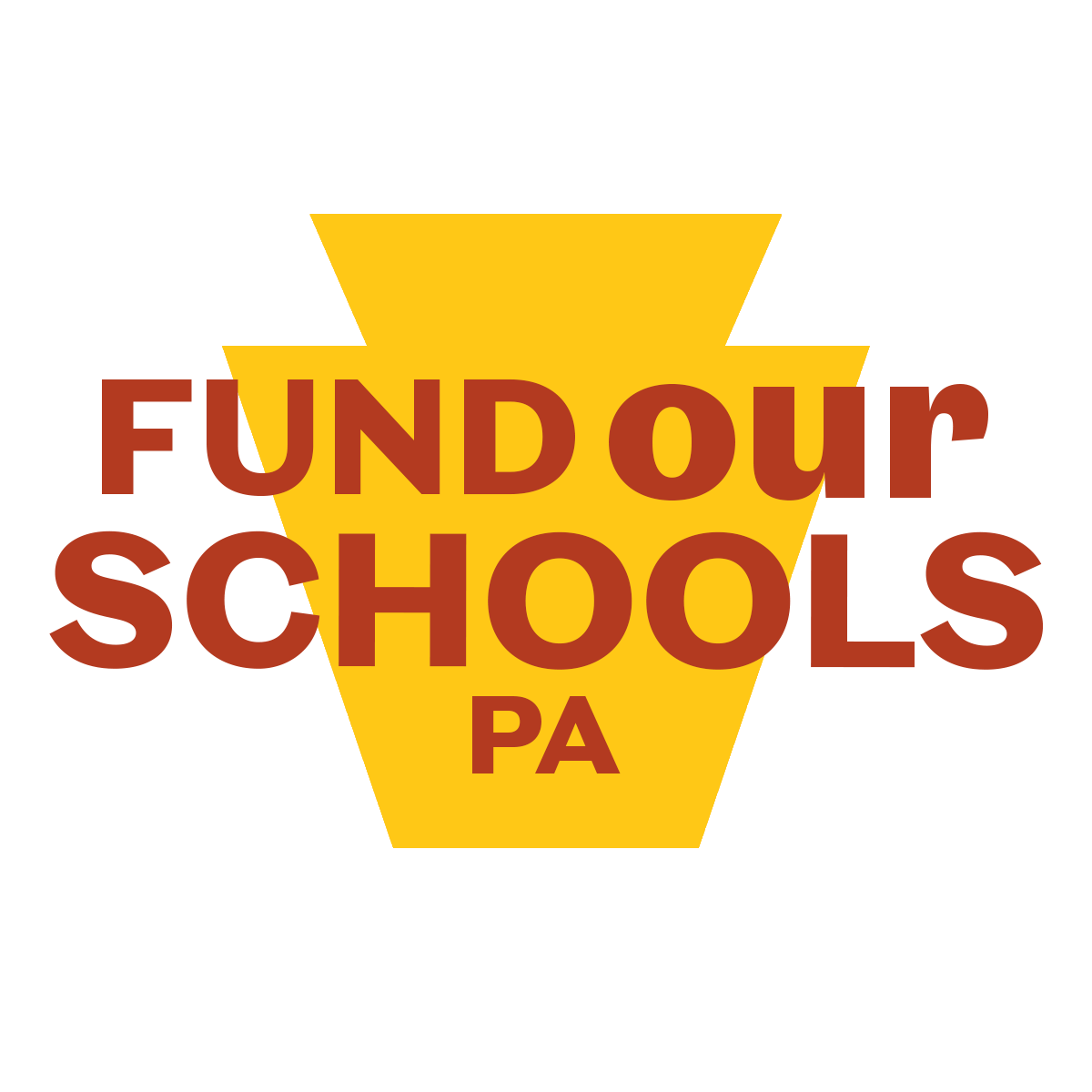PA schools are underfunded by $6.2 billion: How much is needed for students in your school district?
UNDERFUNDING ACROSS PENNSYLVANIA
Pennsylvania School District Funding Shortfalls for Basic and Special Education Per Student
Check out an interactive map of funding shortfalls in every Pennsylvania school district, including basic and special education.
September 12, 2023 - Our leaders in Harrisburg have failed to pay their fair share for public education, leaving local taxpayers to pick up the slack. This has created a system where underfunding is widespread, and the students who need the most have the least, because of where they live. On February 7, 2023, the Pennsylvania Commonwealth Court issued a ruling that says this must change.
Now we have new information about how badly students in districts across the state are being shortchanged.
A new, September 2023 analysis of Pennsylvania’s public school funding system by school funding expert and Penn State College of Education professor Matthew Kelly provides us with a clear estimate of the cost in each school district in the state to provide an adequately funded education for all their students – the district’s adequacy target. The new study, based on current state standards and current costs, also calculates how far each district is from reaching that adequacy target – their adequacy gap or shortfall. The study found that:
Altogether, districts statewide need a funding increase of more than $6.2 billion a year to give students a meaningful opportunity to succeed civically, academically, and socially.
The lowest-wealth school districts account for 20% of the state’s students, but 51% of the statewide adequacy gap.
Four out of five school districts lack the funding they need to support student success – 412 districts in all.
In 157 school districts, serving more than 680,000 students, the shortfall is $4,000 or more per pupil. The districts with the largest per-pupil gaps include urban, suburban, and rural districts.
Black and Latinx students are concentrated in these districts, with 43% of the state’s Black and Latinx students attending districts in the lowest-wealth 20%.
The $6.2 billion estimate is a comprehensive assessment. It factors in what districts would need to provide classroom instruction, special education, transportation, career and technology education, and student services. It also includes districts’ costs for charter school reimbursement and pension contributions. However, it does not include the costs of pre-K or of providing safe and adequate facilities.
A fully funded system is not out of reach. To fill the funding gap would require a 20% increase in overall education spending.
See the size of your district’s per-pupil adequacy gaps here.
Read Dr. Kelly’s report in full.
Dr. Kelly’s study calculates adequacy targets for each district by first analyzing the spending levels in districts that are succeeding according to the state’s own academic standards, taking into account the needs of students who need more support, such as students who are learning English and students who receive special education. The resulting adequacy targets represent the funding levels necessary for each district to be able to provide the same level of resources as successful districts do, relative to the needs of their student body.
As this map demonstrates, and as the court found, our General Assembly has failed to live up to its constitutional duty to ensure that kids in every community can receive a quality education. Right now, the poorest school districts serve the students who need the most support, and have the fewest resources to meet those needs. Because of our two-tiered funding system, divided by local wealth, the poorest quintile of school districts spend $6,230 less per student than the wealthiest, relative to their students’ need.
And this underfunding isn’t some abstract principle. It is teachers and counselors. Nurses and librarians. Computers and STEM labs. Art and music. Smaller class sizes and remedial help for children who are struggling to learn. And more!
As the Commonwealth Court held, students in districts without these essentials are being denied their fundamental right to a comprehensive, contemporary, and effective education, guaranteed by the state constitution. We now have a court ruling in Pennsylvania that says this must change. It is time for state officials to take action to comply with the court’s ruling by fully, adequately, and equitably funding our public schools

